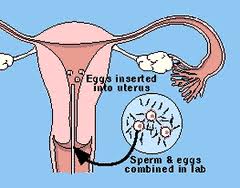A study entitled “Maternal consumption of coffee during pregnancy and stillbirth and infant death in first year of life” by Dr. K. Wisborg et al. was published recently in the British Medical Journal (BMJ 2003; 326: 420-423).
The pregnancy outcome of 18,478 women who completed a questionnaire at their first prenatal visit was studied. They were asked about coffee consumption and the following 4 groups were identified: group 1 consisted of the 43% of women who drank no coffee. Group 2 (34%) drank 1-3 cups per day, group 3 drank 4-7 cups per day (18%). Group 4 drank 8 or more cups per day (5%).
Below are the results in tabular form.
The surprising result was that a small amount of coffee (1-3 cups per day) was actually reducing the risk of stillbirth by 30% when compared to women who drank no coffee at all. However, from 4 cups of coffee per day or more there was a sharp increase of stillbirths within the first year (=sum of stillbirths and deaths within the first year of life).
The authors suggest that physicians should advise their pregnant patients to limit coffee consumption in pregnancy to 1 or 2 cups of coffee or the equivalent of caffeinated drinks per day as a precautionary measure.
| Stillbirth coffee study | ||
| Groups with varying amounts of coffee consumption: | Risk increase of stillbirth compared to group 1 as control: | |
| group 2 (1- 3 cups per day) | -30% | |
| group 3 (4 – 7 cups per day) | 80% | |
| group 4 (8 or more cups per day) | 300% | |
Last edited December 9, 2012





















